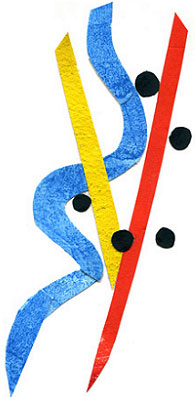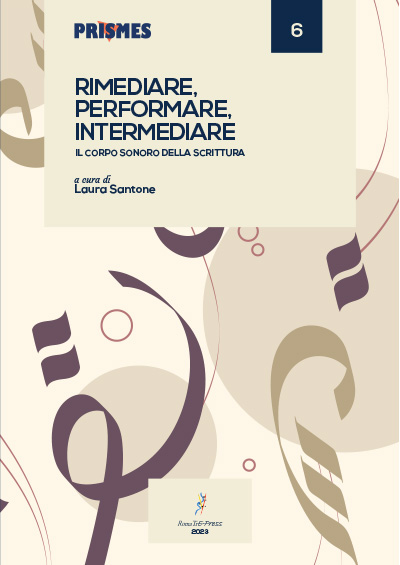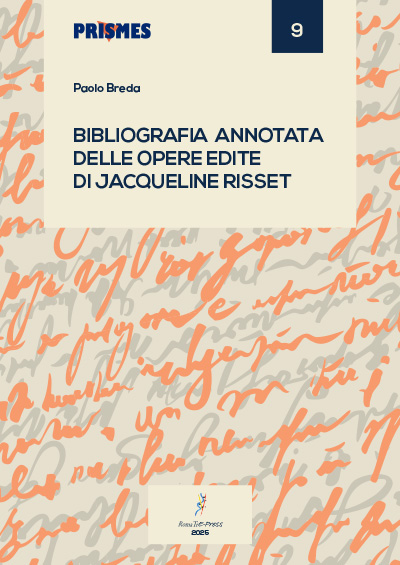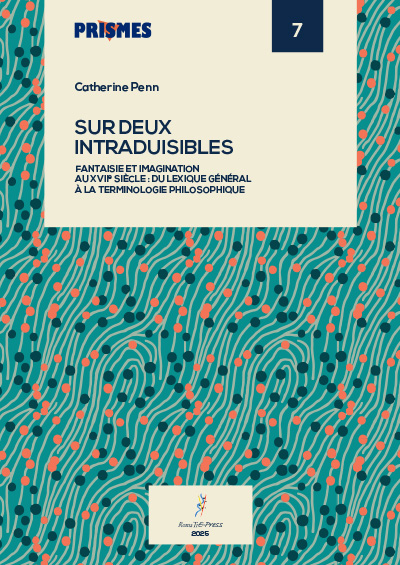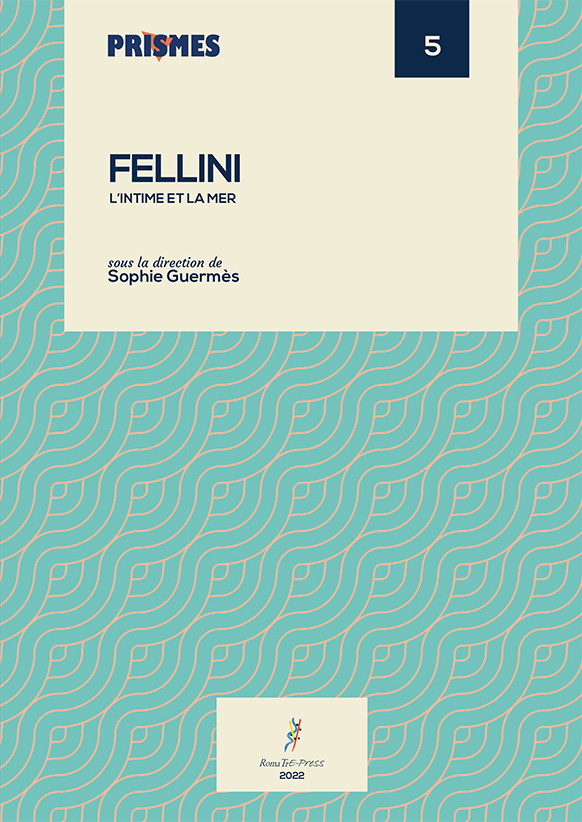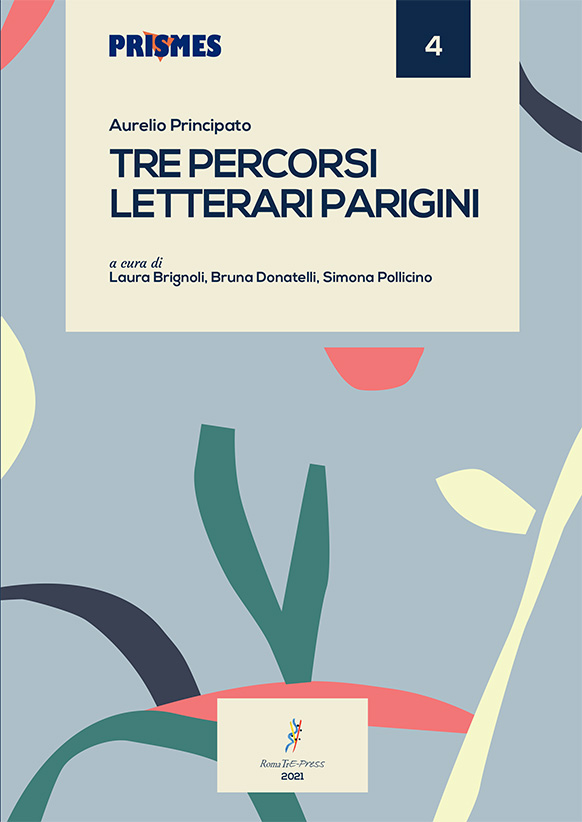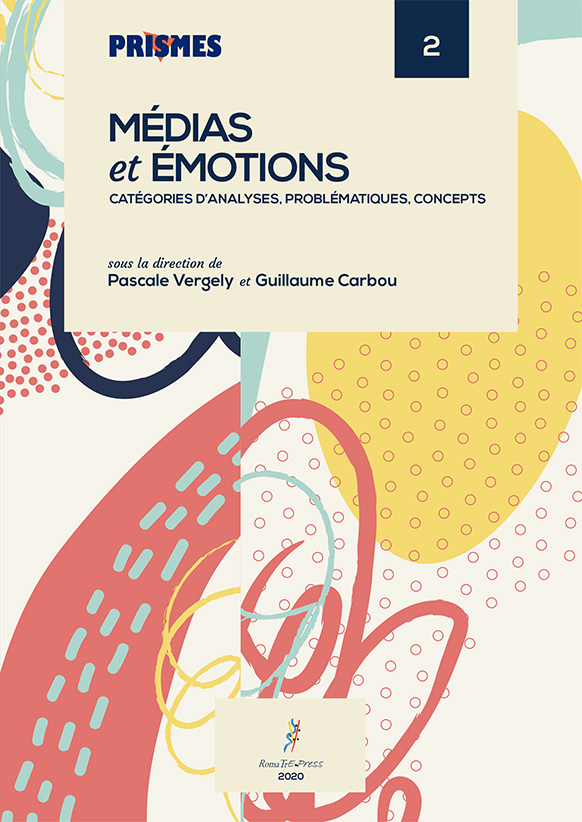Abstract

Partendo dalla nozione di testo quale medium visivo-sonoro in cui l’azione del verbo converge con l’energia della lingua, i contributi raccolti in questo volume ripensano la scrittura come processo polifonico che coinvolge il corpo allo spettro di una dinamica intermediale e interestetica che ri-scrive, in-scrive e tra-scrive la “lettera” quale atto, gesto, materia di una mimesis generativa, di una performance in continua evoluzione che gioca su passaggi, ibridazioni, rotture, punti di giunzione o disgiunzione tra significante e significato, tra voce e parola, tra spazio e tempo.

Starting from the notion of text as a visual-sound medium in which the action of the verb converges with the energy of language, the contributions collected in this volume rethink writing as a polyphonic process involving the body on the spectrum of an intermedial and aesthetic dynamic that re-writes, in-scribes and tra-scribes the "letter" as an act, gesture, matter of a generative mimesis, of a performance in continuous evolution that plays on passages, hybridisations, ruptures, points of junction or disjunction between signifier and signified, between voice and word, between space and time.
